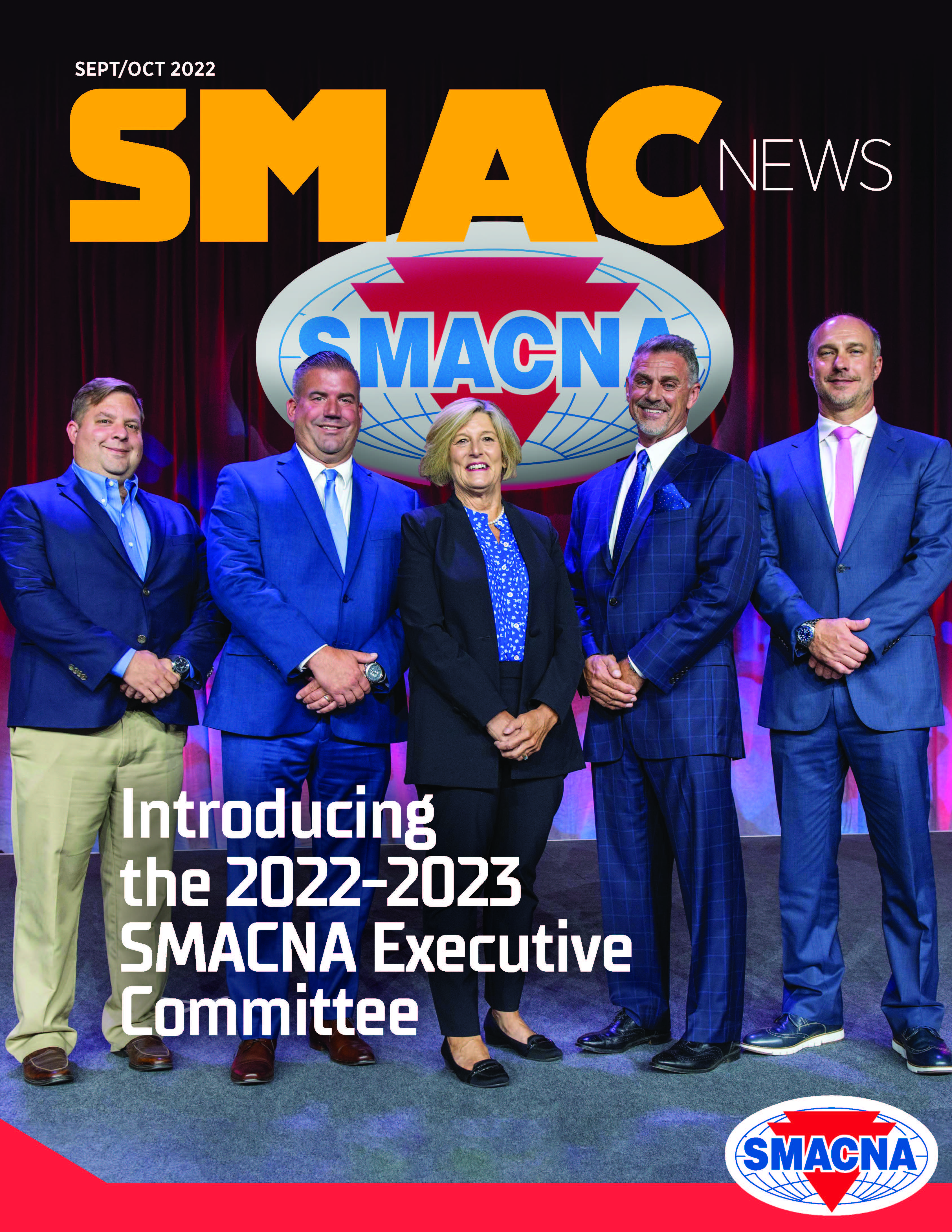NLRB’s Recent Activity Constrains Employer Dress-Code Rights, Increases Joint-Employment Exposure
A flurry of late-summer activity from the Biden-dominated NLRB has produced at least two noteworthy changes for employers regarding displays of union insignia, and joint-employer status.

Bill Lowe
A flurry of late-summer activity from the Biden-dominated NLRB has produced at least two noteworthy changes for employers regarding displays of union insignia, and joint-employer status. In Tesla, Inc., 370 NLRB No. 131 (Aug. 29), a divided Board overruled its own 2019 decision regarding employers’ authority to restrict the wearing of union clothing or insignia, holding that employers must prove “special circumstances” that justify any restriction. And in a Sept. 7 notice of proposed rulemaking, the Board issued a proposed rule that would rescind its own 2020, Trump-era guidance on when an employer can be considered a “joint employer” to another entity’s employees under the NLRA, instead substituting a relaxed standard that could affect any employer that regularly deals with vendors, contractors, franchisees or staffing agencies.
In Tesla, prior Board precedent had held that employers could not use uniform or designated-clothing requirements to avoid the display of union insignia and garb without showing “special circumstances” (such as the need to ensure safety, maintain an image that does not alienate customers, or to stop offensive message displays like pro-union slogans using profanity). However, a 2019 Board decision reached a more pragmatic conclusion, holding that “special circumstances” were not necessary where the employer applied a neutral workplace policy and did not completely restrict the use of union insignia.
Tesla presented the Board with a clothing policy that required employees in the general assembly area of an auto manufacturing plant to wear company-issued “team wear” (or other supervisor-approved black cotton clothing), when working with unfinished vehicle bodies, in order to avoid damage to the cars’ new paint jobs caused by buttons, zippers, rivets or other clothing items. As part of the “team wear” policy, Tesla prohibited union t-shirts, but did allow production employees to wear union stickers on their “team wear” t-shirts.
The Board’s 3-2 Tesla decision made it clear that the “special circumstances” test does not just apply when an employer seeks to completely prohibit union displays; instead, an employer will be forced to show “special circumstances” justifying its restrictions any time it seeks to limit union displays, whether those limitations are partial or total. Two members of the Board dissented from the decision, noting that by applying the “special circumstances” test to any kind of restriction on union displays, the Board effectively made it impossible for an employer to maintain any kind of uniform or dress code without showing “special circumstances” — sacrificing employer interests (e.g., an orderly workplace) in favor of employee rights to display union insignia.
In the wake of the Tesla decision, employers should revisit their dress codes to determine the extent of any restrictions on union apparel or insignia displays and consider whether those restrictions can meet the Board’s demanding “special circumstances” test.
Little more than a week after the Tesla decision made it more difficult for employers to control their workforce dress codes, the Board issued a Notice of Proposed Rulemaking, aimed at broadening the test for joint employment between employers and third-party entities (such as staffing agencies, contractors and suppliers) whose employees are, or could be, subject to the employer’s control. Under the Board’s own 2020 Rule, an employer “shares or codetermines” the terms and conditions of another employer’s employees only when it “possessed and exercised … substantial direct and immediate control” over at least one essential term or condition of employment — for example, where the employer (through its own managers) directed, disciplined, gave performance reviews or terminated the other employer’s employees. Key to the Board’s 2020 Rule was the idea that a potential joint employer not only had to have to ability to exercise control over another employer’s employees; it had to use that ability regularly and continuously. The 2020 Rule also allowed employers to exercise authority over another party’s employees “sporadically” without triggering joint-employer exposure.
The 2022 Proposed Rule, however, makes it clear that the Board intends to return to a much more lax test for joint employment, under which any ability to directly or indirectly control even one essential term or condition of employment, will render an employer a “joint employer” over another party’s employees. Under the Board’s proposed rule, an employer that has the “authority to control” or to “exercise the power to control” another party’s employees, is considered a joint employer — whether that control is exercised directly or indirectly (for example, by communicating work assignments to the other employer’s managers or overseeing that job tasks are being performed properly). The proposed rule also takes a broad view of what amounts to “essential terms and conditions” of employment — including “wages, benefits, and other compensation; hours of work and scheduling; hiring and discharge; discipline; workplace health and safety; supervision; assignment; and work rules and directions governing the manner, means or methods of work performance.”
In the face of the 2022 Proposed Rule, employers should revisit their contracts and operating practices with staffing agencies, vendors, contractors, suppliers and franchisees to identify contractual provisions or day-to-day practices that might invite a joint-employer finding.
Bill Lowe is a labor and employment law attorney with Bolanos Lowe, Pittsford, N.Y. Reach him at 585-643-8440 or via www.bolanoslowe.com.
Published: October 31, 2022
IN THIS ISSUE
Big Project Requires Big Ductwork
Apollo Mechanical tackles a project for one of the world’s largest manufacturers in the semiconductor industry.
Building Based on Relationships
This Canadian sheet metal company is thriving without a shop, building a successful business on the back of great relationships.
Capitol Hill Update: FY2023 Budget: Chaos Again With No Final Budget
The House has passed one government funding package consisting of six spending bills for the fiscal year that begins on Oct. 1. But the remaining six measures — including the two biggest bills, Defense and Labor-HHS-Education — won’t see any floor
CEO UPDATE: SMACNA Focuses On 2023 Priorities
It was wonderful to see so many SMACNA members at our convention in Colorado Springs. The Broadmoor is one of my favorite destinations, and it did not disappoint. I have always admired their ability to provide outstanding customer service every time
Expanded Section 179D Tax Savings for Energy-Efficient Building & Design
The Inflation Reduction Act, signed and passed into law on August 16, 2022, includes $369 billion in climate and energy spending.
Finding and Keeping Good Field Leaders
Field supervisors, project managers and superintendents represent an outsized slice of the struggle to attract and retain talented people. There are two major challenges to finding and keeping good field leaders.
Focusing on Fire Safety
SMACNA introduces Fire, Smoke, and Radiation Damper Installation Guide for HVAC Systems, 6th Edition.
In-House, Local Fabrication Helps Secure Building Project
IMC’s location, unique skillset and general contractor relationship secures them a 5-story, mixed-use building project in Sioux City, Iowa.
NLRB’s Recent Activity Constrains Employer Dress-Code Rights, Increases Joint-Employment Exposure
A flurry of late-summer activity from the Biden-dominated NLRB has produced at least two noteworthy changes for employers regarding displays of union insignia, and joint-employer status.
SMACNA Convention: Building Resilience Through Adaptation
Amid constant change, SMACNA convention attendees learn to adapt and grow.
Spotlight On Indoor Air Quality
It is a great privilege to serve as SMACNA’s president and to have seen so many of you at SMACNA’s National Convention in Colorado Springs. As I mentioned on stage, one of my favorite sayings to live by is, “If it's worth doing, it’s worth doing
Welcome New SMACNA Members
Welcome New SMACNA Members
What All Contractors Need To Know About CMMC
Honestly, this is the freight train that is heading toward the construction industry, and while some contractors are aware and working on this, so many companies in construction have no real clue about this potentially harmful (financially)


